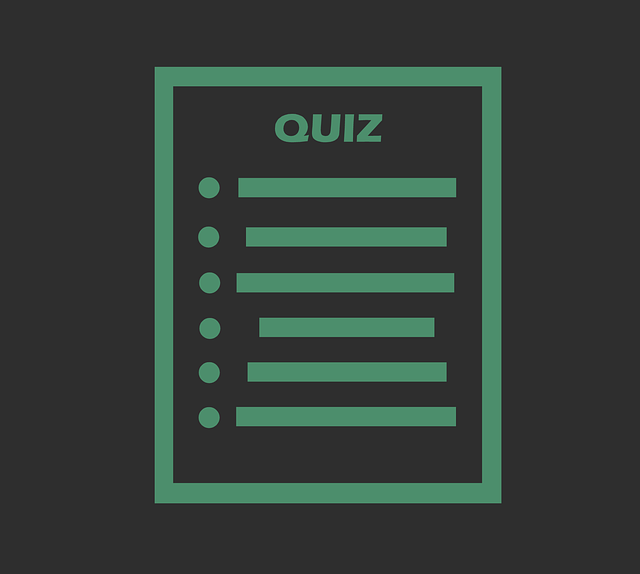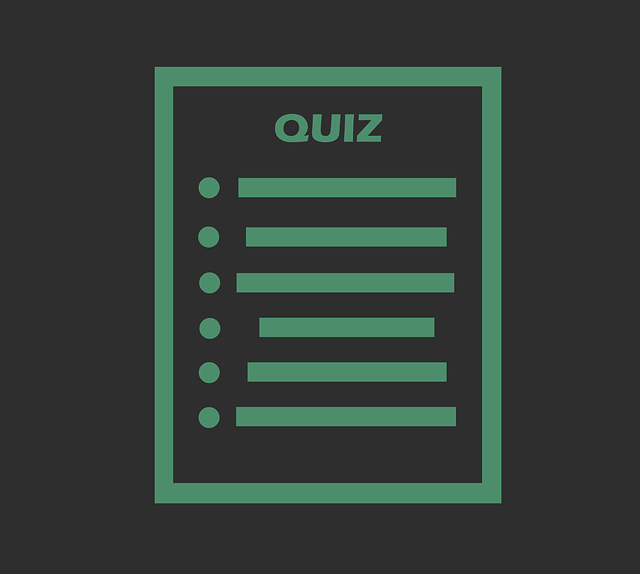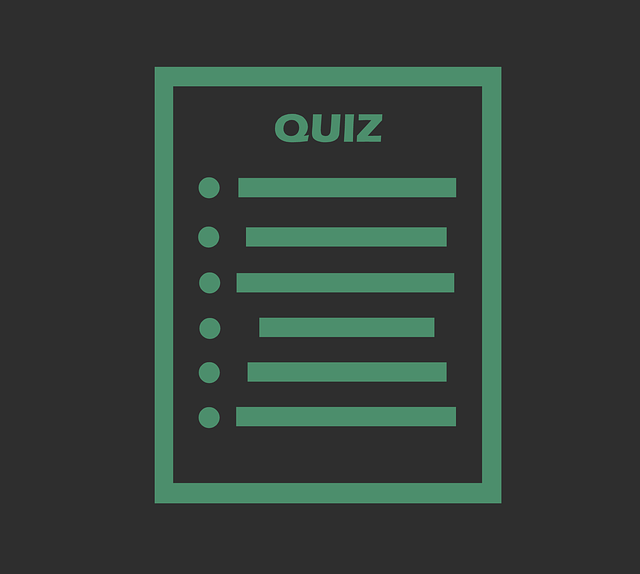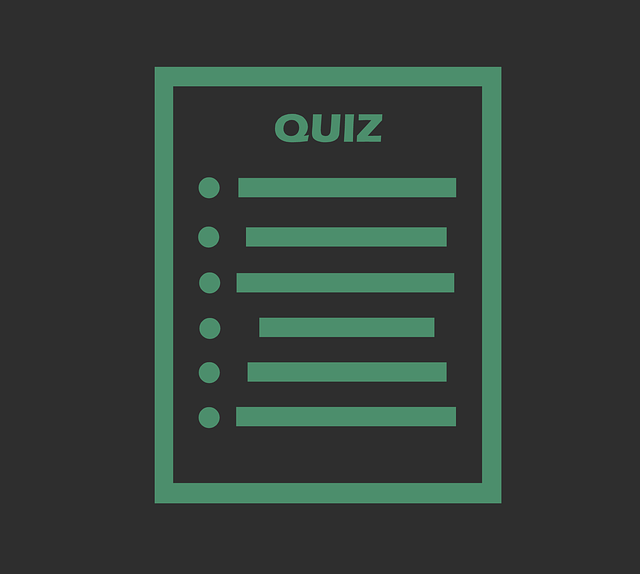In this blog you will find the correct answer of the Coursera quiz Fundamentals of Network Communication Coursera Answer mixsaver always try to brings best blogs and best coupon codes
Week- 1
Practice Assessment – Communication Networks and Services
1. Which of the following networks use store-and-forward switching operation?
- Telegraph networks
- Wireless Networks
- Computer networks
- Telephone networks
2. There are similarities between message switching and packet switching. Which of following that applies to packet switching but not to message switching?
- Variable length of information block
- Supporting multiple applications
- Store-and-forward
- All of the above
3. Which of the following networks can be connection-oriented?
- Telegraph networks
- Computer networks
- Telephone networks
- All of the above
4. A protocol is a set of precise and unambiguous rules that governs
- How two or more communicating entities in a layer are to interact
- Messages that can be sent and received
- Actions that are to be taken when a certain event occurs
- All of the above
5. DNS is a domain-name-service that responds to queries of domain name to IP address or IP address to domain name. DNS uses services provided by
- TCP
- UDP
- HTTP
- None of the above
6. A network used to join the individual networks at different sites into one extended network is called
- PAN
- LAN
- SAN
- VPN
7. Upon receipt of a bad segment, UDP?
- It does error control
- Retransmission
- It does flow control
- It does not do flow and error control
Graded Assessment – Communication Networks and Services
1. Which of following protocol is HTTP built upon?
- IP
- SMTP
- TCP
- UDP
2. Which of following requirements are necessary for packet networks to support multiple and diverse applications?
- Transfer arbitrary message size
- Low delay for interactive applications
- Packets have maximum length
- All of the above
3. What was the concern of the telephone system that motivated the ARPANET design?
- Scalability
- Vulnerability
- Efficiency
- None of the above
4. Which of the following is an application layer protocol?
- TCP
- UDP
- DNS
- HTTP
5. Which of the following are features of ARPANET design?
- Connectionless packet transmission
- Routing tables at the packet switches
- Destinations identified by unique addresses
- All of the above
6. Bluetooth is an example of
- Wide Area Network
- Local Area Network
- Metropolitan Area Network
- Personal Area Network
7. In the layer hierarchy as the data packet moves from the upper to the lower layers, headers are
- Modified
- Removed
- Rearranged
- Added
8. The ________ is the physical path over which a message travels
- Medium
- Path
- Route
- Protocol
9. Three or more devices share a link in ________ connection
- Unipoint
- Multipoint
- Point to Point
- None of the above
10. Which of the following is true for Transport Control Protocol
- Connection oriented
- Process to Process
- Transport layer protocol
- Connectionless
Important Links:
- Fundamentals of Network Communication Coursera Week 2 Quiz
- Fundamentals of Network Communication Coursera Week 3 Quiz
- Fundamentals of Network Communication Coursera Week 4 Quiz
- Fundamentals of Network Communication Coursera Week 5 Quiz





